Traveling from Xining to Tibet can be done in a number of ways, from flights or the train to a long drive or even cycling along the Qinghai Tibet Highway to the capital of Tibet, Lhasa. The journey is one of expectation, anticipating the delights that await you at the end of the trip, and that long-awaited tour of Tibet. From Xining to Lhasa is an overland distance of 1,972 kilometers, or a direct route by flight of just 2 hours 25 minutes. And while the flight to Lhasa is quicker and better for some people, there is a lot to be said for traveling overland from Xining to Lhasa.
Xining to Lhasa by Train
Xining is the closest of all the train stations to Tibet, and the start of the famous Qinghai-Tibet Railway, the first railway to cross the Tibetan plateau and connect the capital of Tibet with mainland China. Covering a massive 1,972 kilometers, the train starts in Xining and travels up to the high plateau within the first 850 kilometers. From there it is a journey of discovery as the train cuts through the heart of the plateau, making its way south from Golmud in an arc that passes through Amdo, Nagqu, and finally ends at the railway station in Lhasa.
The train passes through some of the most spectacular scenery and landscapes in the world, crossing the Kunlun Mountain Range, known as the “forefather of all China Mountains”, and passing the spectacular Mount Yuzhu, the Jade Bead Mountain, the highest mountain in the range. Another great feat of engineering along the track is the longest frozen-earth tunnel in the world, the Kunlun Mountain Tunnel, which bores its way through 1,686 meters of frozen mountain.
Following an amazing journey across the Hoh Xil Nature Reserve and the Tibetan Antelope, the train then travels over the highest railway pass in the world, the Tanggula Mountain Pass, at a staggering 5,072 meters above sea level, and passes through the Tanggula Railway Station, the highest station in the world.
As if the whole railway is filled with records, the train then passes through the Changtang grasslands, the largest grassland plains in Tibet, at an average elevation of around 4,500 meters, and then goes on to pass by the famous Yangpachen Hot Springs, the site of the region’s first geothermal power plant, before finally coming to rest in Lhasa.
Xining is the start of the Qinghai-Tibet railway, but all trains from other parts of China, such as Beijing and Shanghai, pass through the station there, and it is the main station for traveling to Tibet. Not only is the train from Xining larger than any other train traveling to Lhasa, but there is also more chance of getting a ticket at Xining, since many people coming from other parts of China prefer to take the train straight through rather than flying to Xining and catching the train from there. Xining, at an elevation of 2,275 meters, is also the ideal place to stop on the way to the high altitudes of Tibet to acclimatize for a day or so before continuing upwards to the plateau.
Trains from Xining to Lhasa run every other day, and the train from Xining normally leaves at around 2:00pm and arrives in Lhasa after just over 21 hours travel, with stops of just a few minutes at stations along the route. Fares differ depending on the choice of seat or berth you choose, with soft sleepers between 781 CNY to 808 CNY and hard sleeper berths from 495 CNY to 521 CNY, both depending on which berth you have. The lower berths are the most popular, and cost more. For those traveling on the seats in the hard seat carriages, the fare is a flat rate of around 224 CNY per seat.
>> Check the detailed itinerary of 8 Days Classic Tibet Tour from Xining by Train
Xining to Lhasa Overland by Car
Traveling to Lhasa from Xining can also be done by car, thanks to the older Qinghai Tibet Highway. Covering a distance of 1,917 kilometers, the highway follows a similar route to the train, heading up to the plateau at Golmud, before heading south towards Lhasa. For the first part of the journey to Lhasa, the road used is along a slightly different route to the train, which heads around the north of Qinghai Lake, while the highway uses the G109 National Highway for the entire route to Lhasa.
One of five different road routes to Tibet, the Qinghai-Tibet Highway is the longest and highest asphalt highway in the world, and is one of the safest road routes to Lhasa. Construction started on the highway in 1950, and it opened four years later, a staggering feat of building work running over high mountain ranges and passes, across massive expanses of grasslands and prairies, and past some of the world’s most stunning lakes. After spending years as a low-standard highway, the Chinese government began a renovation project in 1974, and the road was given a secondary highway status, with a complete asphalt surface along its entire length by 1984.
One of the best times to travel overland from Xining to Tibet along this high-altitude road is from May to October, when the weather is warm, and although it includes the monsoon season, in this part of the plateau, there is very little rain even in the height of the wet season. More rain actually falls in the early part of winter than in the rainy season in northern Tibet. In addition, with the increased chance of snow in the mountain passes along the route, traveling in the winter is often not possible, or at least fairly dangerous. However, even if you are driving the route in summer, when the conditions are best and the drive is a pleasant road trip of adventure and discovery, you will still need some warm clothes. Even on the hottest days, the temperature at night can drop to almost freezing.
While the road follows almost the same route as the train, there is the opportunity for you to make stops along the route, making it even more of an adventure to Tibet. Places like Qinghai Lake, the Kunlun Mountain Pass, the Tanggula Mountain Pass, Tangra Shan Mountain, the Changtang grasslands, Namtso Lake, and Yangpachen Hot Springs become places to stop and visit, instead of just signs and sights you see as the train races along. This is the main benefit of traveling along the route by car, and makes every second of the trip an exploration of something new.
Cycling from Xining to Lhasa
Cycling from Xining to Lhasa may not seem like something many people would do, but there are a lot of tourists, especially those from China, who opt to cycle the whole route of 1,972 kilometers to the capital of Tibet. It is a challenge not only of physical strength but also of stamina, cycling up seemingly vertical slopes from Golmud to Amdo, and spending almost two weeks traveling across the Tibetan plateau to Lhasa.
The road from Golmud to the Kunlun Mountain Pass, around 160 kilometers is an asphalt surface, but is hard due to the many slopes, and this is the toughest part of the route that can take two or three days even for an experienced high-altitude cyclist. Other sections of the road can be arduous, crossing rough highland landscapes that mean the road is constantly rising and falling, and nights that are freezing cold even in the height of summer. Then there is the constant wind to contend with, blowing hard against you some of the time, and bitingly cold. However, the landscape of high mountains and shimmering lakes, separated by vast expanses of endless prairies is more than worth the effort, and the ability to sto when and where you like makes it a real journey of a lifetime.
The best time to travel from Xining to Lhasa by bike is from May to September when the weather is at its best, and the warm sun can help stave of the biting cold of the winds. There is very little rain in the north of Tibet during summer, and what little there is can be easily avoided by making a short stop in the afternoons when it does decide to rain. Outside this time, the weather can be a little too cold for cycling along this route, and in winter it is not advisable to even attempt it, as the snow on the high mountains in the north can make the route very dangerous for cyclists.
Xining to Lhasa by Flight
Flights from Xining to Lhasa run twice a day, both ways, and take only two and a half hours to cross the almost 2,000-kilometer distance between the two cities. Flights from Xining to Lhasa depart from the Xining Caojiabao Airport twice a day at 9:30 am and 6:55 pm and take 2 hours 35 minutes, while the flights from Lhasa leave Lhasa Gonggar International Airport at 11:35 am and 1:00 pm, and take only 2 hours 10 minutes to make the trip.
The flights run seven days a week and are operated by Tibet Airlines, the local carrier, and Sichuan Airlines. On average, the cheapest flights from Xining to Lhasa cost around US$ 340 per person, which does make the flight more expensive than the train, but it is much more convenient if you are short for time in getting to Tibet for your tour.
Travel Documents Needed
For all travelers from outside China traveling to Tibet, you first need two majorly important documents in order to get to Lhasa. The first, and most obvious is the Chinese Entry Visa, which allows you entry into mainland China, so that you can start your journey to Lhasa. This is normally obtained from the Chinese Embassy in your home or resident country, and costs around US$ 140 for US citizens and from US$ 30 and up for non-US citizens, depending on the country of origin. Payment for the visa is on collection from the Chinese Embassy, and must be paid by credit card, money order, cashier’s check, or company check, and personal checks and cash are not accepted.
Requirements are simple, and consist of your original passport, the completed application form, one passport-sized photo, and copies of any previous Chinese Entry Visas in the past.
The second document required to get to Tibet is the Tibet Travel Permit, which is issued by the Tibet Tourism Bureau in Lhasa. This is required to be able to board the train or flight to get into Tibet, and is needed to obtain other permits for traveling in the different parts of Tibet as well as at certain checkpoints, and at your hotels and sometimes tourist attractions. The permit can only be obtained by a registered tour operator once you have agreed to an itinerary and booked your Tibet tour. Once obtained, the original permit will be sent to your hotel in China ready for you to leave for Tibet.
Packing List for Qinghai Tibet Tour
Packing for a trip from Xining to Lhasa really depends on the method of travel you are using, although a very different packing list is required for those who would be cycling to Tibet. For the other routes, flight, train, and driving, it is essential to take enough warm clothes, as the wind can be strong and cold, and the night temperatures can drop to well below freezing in parts of the region. Thinner layers and lots of them are better to stay warm than a few thick sweaters and jackets. If you get too hot, you can always peel a layer or two off, and when it gets cold, more layers can be easily added.
Strong and sturdy boots or shoes are required, as many parts of the landscape is rough terrain, even in areas around the monasteries and temples in Tibet. Visits to lakes and mountain views are also often over rough terrain, and can sometimes require some walking, so trekking boots are an advantage in those circumstances. A good hat to keep off the sun is advised, as is sun cream and sunglasses. Despite feeling cold at times, the sun is stronger at this altitude due to a thinner atmosphere and can burn the skin more than at lower altitudes in hotter temperatures. Lip balm and moisturizer is handy to have, as the wind can be bitingly cold at times.
You also need to make sure that you take any medication your doctor may be prescribing on a regular basis, as medications are not often available in Tibet, even in Lhasa. And a good first aid kit is useful for any scrapes and bumps, insect bites, and even headaches, which can be caused by mild altitude sickness. If you are taking altitude sickness medication with you, it is best to get your own doctor’s recommendation before taking it.
.jpg)



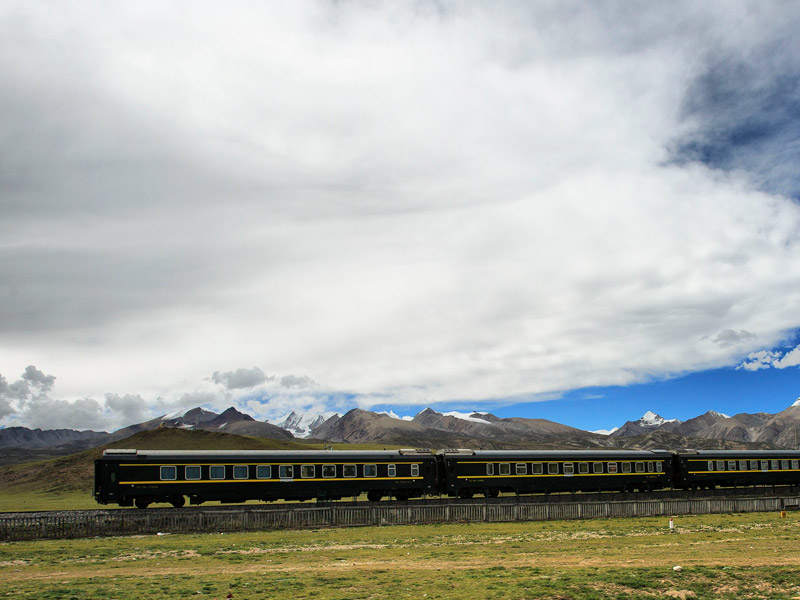
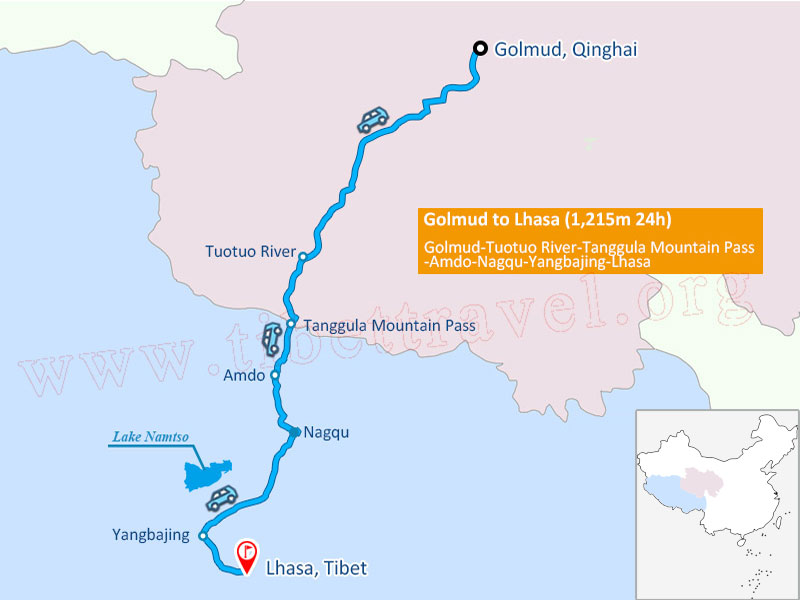



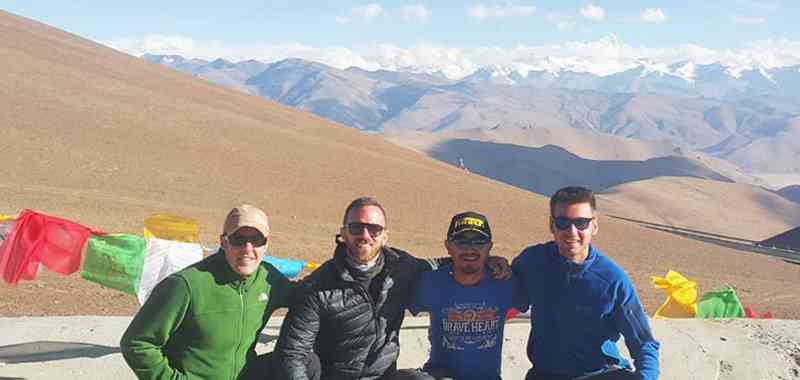
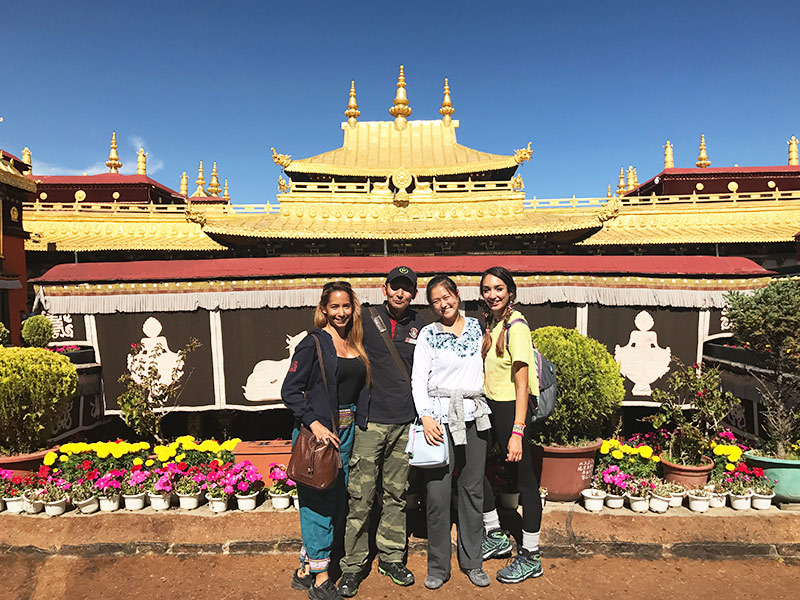
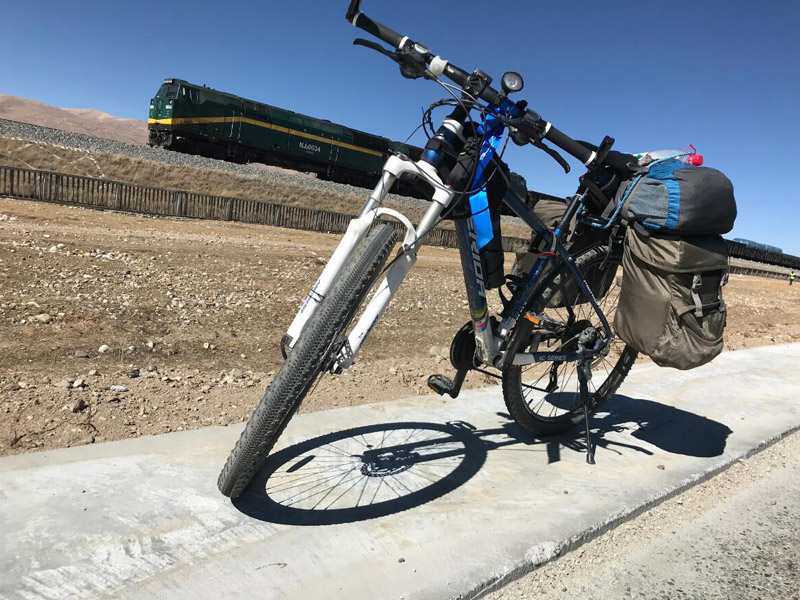
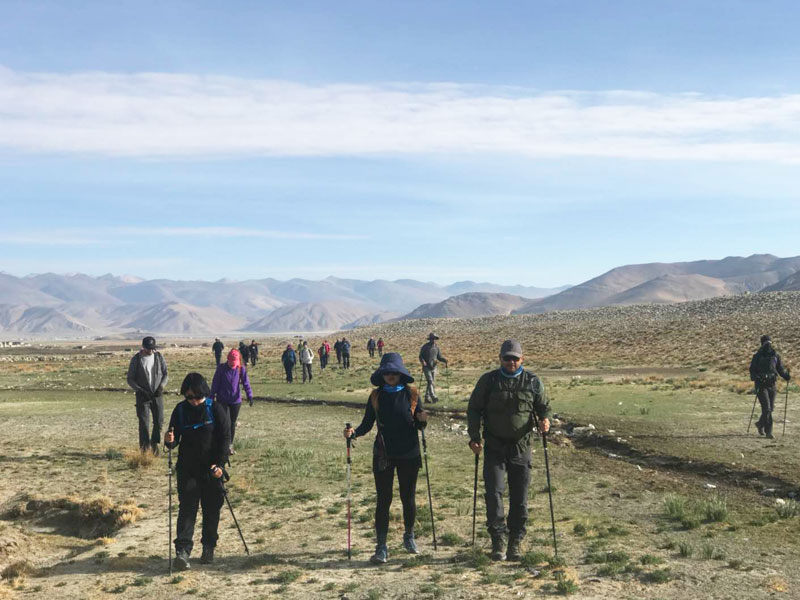
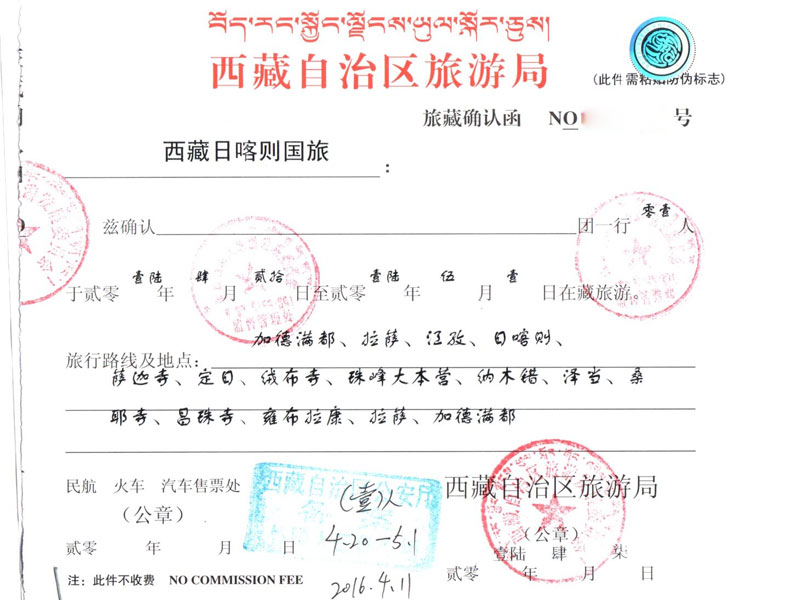
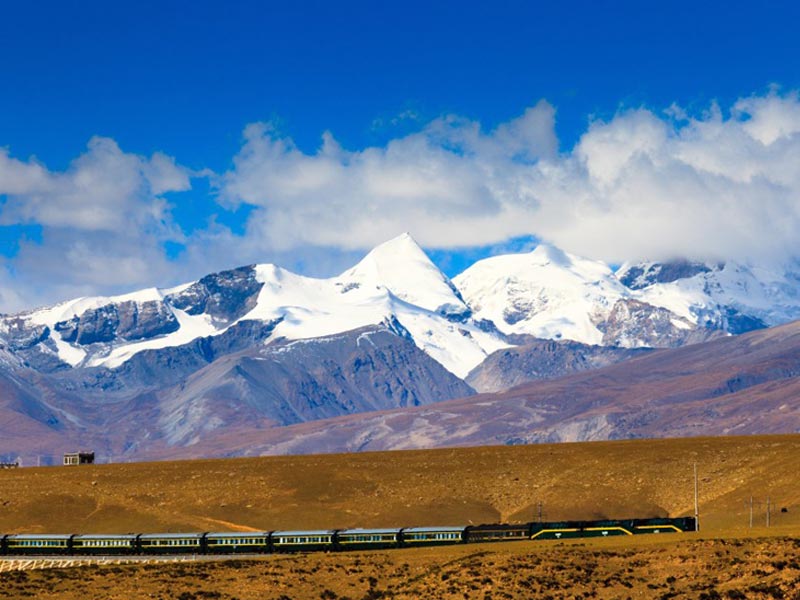
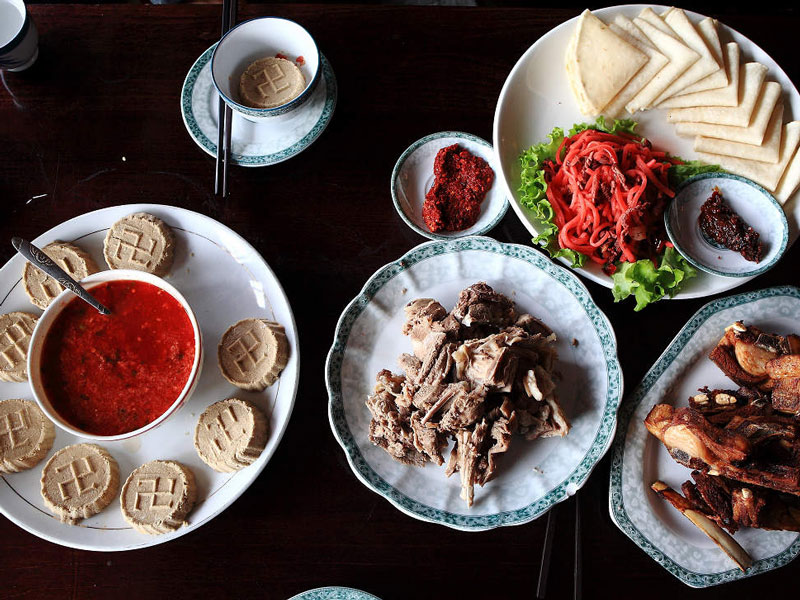
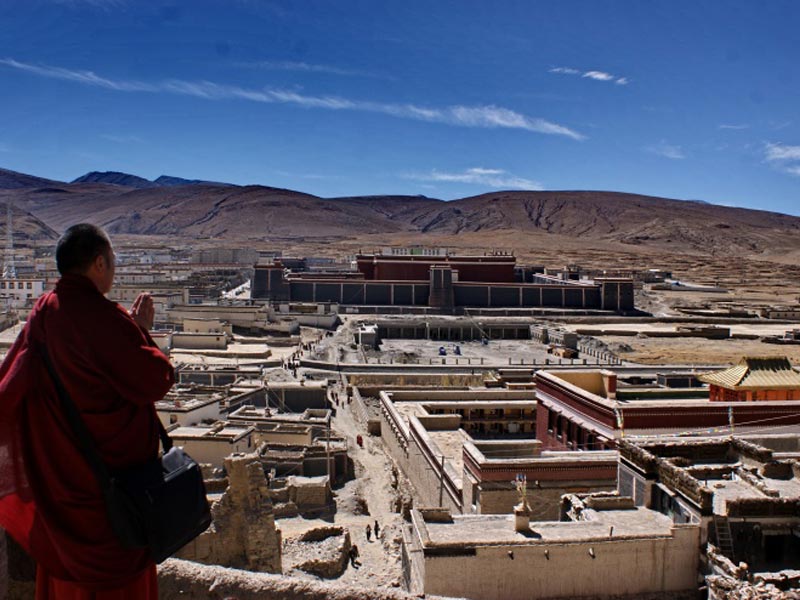

0 Comment ON "Qinghai Tibet Routes: How to Get to Lhasa from Xining by Railway, Highway or Flight"